Dopious
Senior Member
Founding Member
Sapphire Member
Patron
What if you could make your sales forecast 33% more accurate?
A structured sales process is the blueprint that guides high-performing teams from generating leads to closing deals. While some salespeople rely on charisma, the most successful organizations build a repeatable, proven playbook. In fact, companies with a formal sales process are 33% more likely to be high performers and can see up to 28% more revenue than those without one.
A well-defined sales process is a dynamic framework that provides a clear sequence of steps for converting prospects into loyal customers. It streamlines efforts and ensures consistency in customer interactions, which is crucial for building long-term trust.
What tools or technologies have you found most effective for managing and tracking your sales process?
A structured sales process is the blueprint that guides high-performing teams from generating leads to closing deals. While some salespeople rely on charisma, the most successful organizations build a repeatable, proven playbook. In fact, companies with a formal sales process are 33% more likely to be high performers and can see up to 28% more revenue than those without one.
A well-defined sales process is a dynamic framework that provides a clear sequence of steps for converting prospects into loyal customers. It streamlines efforts and ensures consistency in customer interactions, which is crucial for building long-term trust.
Core Benefits of a Strong Sales Process
Implementing a standardized sales process offers significant advantages that drive growth and stability :- Increased Efficiency With a clear roadmap, salespeople spend less time on redundant tasks and more time on high-value activities, focusing on behaviors that lead to a sale.
- Faster Onboarding A documented process makes it easier to train new hires, reducing their ramp-up time and helping them become productive more quickly.
- Improved Predictability A structured process provides a clearer view of the sales pipeline, leading to more accurate sales forecasting and better strategic planning.
- Consistent Customer Experience When every prospect receives the same high-quality service, it strengthens your brand and fosters customer loyalty.
- Data-Driven Improvement By tracking performance at each stage, you can collect valuable data to identify bottlenecks, refine strategies, and continuously improve your approach.
How to Build Your Sales Process
Developing an effective process begins with a deep understanding of your customer. Your process should mirror their buying journey. From there, you can build a strategic framework based on three core pillars:- Attract This phase is about new customer acquisition. It involves prospecting to identify potential clients, conducting a needs analysis to understand their pain points, and closing the initial deal to establish a relationship.
- Develop Once a customer is on board, the focus shifts to deepening the relationship. This means actively working to increase customer value by offering complementary products or services that address their evolving needs.
- Retain The final pillar is centered on customer loyalty. By providing outstanding support and proactive service, you ensure customers succeed with your solution, making them more likely to stay and recommend your business to others.
A Typical Sales Process Framework
While every process should be customized, most follow a series of fundamental steps for acquiring new customers:- Prospecting Identifying potential customers who fit your ideal client profile using methods like market research, networking, and analyzing customer databases.
- Contact and Qualification Initiating contact to understand the prospect's needs and determine if they have the budget, authority, and need for your solution.
- Presentation and Solution Engaging in deeper conversations to present a tailored solution that directly addresses the prospect's challenges.
- Proposal and Quotation Creating a formal offer that outlines the solution, terms, and pricing based on the specific requirements discussed.
- Negotiation and Closing Handling objections, negotiating the final terms, and formally closing the sale.
A Process of Continuous Evolution
An effective sales process is never truly "finished." It must be treated as a living document that requires regular evaluation and refinement. By analyzing metrics like conversion rates between stages, the length of the sales cycle, and where deals most often stall, you can proactively optimize your approach. This commitment to continuous improvement ensures your team remains agile and competitive in an ever-changing market.What tools or technologies have you found most effective for managing and tracking your sales process?
